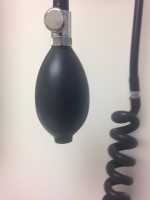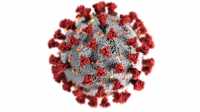AHA Journals, Blood Pressure - Hypertension, Dental Research, Menopause / 07.03.2022
Oral Bacteria May Be Linked to Hypertension Risk in Post-Menopausal Women
MedicalResearch.com Interview with:
Michael J. LaMonte, PhD, MPH
Research Professor (epidemiology)
Department of Epidemiology and Environmental Health
School of Public Health and Health Professions
Women’s Health Initiative Northeast Regional Center
University at Buffalo – SUNY
Buffalo, NY 14214
MedicalResearch.com: What is the background for this study? What are the main findings?
Dr. LaMonte: The rationale for this study was based on existing study results showing
- (1) oral bacteria are involved with conversion of dietary nitrate (e.g., from leafy greens and beets) to nitric oxide which is a chemical involved keeping arteries healthy and maintaining blood pressure;
- (2) rinsing the mouth with antiseptic solution (mouthwash) kills oral bacteria and results in rapid increases in systolic and diastolic blood pressure; and
- (3) a very limited amount of epidemiological data suggest that the oral bacteria found beneath the gums (responsible for gingivitis and periodontal disease) are associated with blood pressure and history of hypertension in middle-aged adults.












 Johonniuss Chemweno
CEO of VIPStarNetwork
MedicalResearch.com: What is the mission of VIP StarNetwork?
Response: VIP StarNetwork’s mission is to expand access to healthcare services and information, especially in underserved and underprivileged communities. Our comprehensive group of health experts, leading physicians, and healthcare executives are working to create a meaningful and safe environment to ensure that patients have equitable and streamlined access to vaccines and other forms of care.
Johonniuss Chemweno
CEO of VIPStarNetwork
MedicalResearch.com: What is the mission of VIP StarNetwork?
Response: VIP StarNetwork’s mission is to expand access to healthcare services and information, especially in underserved and underprivileged communities. Our comprehensive group of health experts, leading physicians, and healthcare executives are working to create a meaningful and safe environment to ensure that patients have equitable and streamlined access to vaccines and other forms of care.



